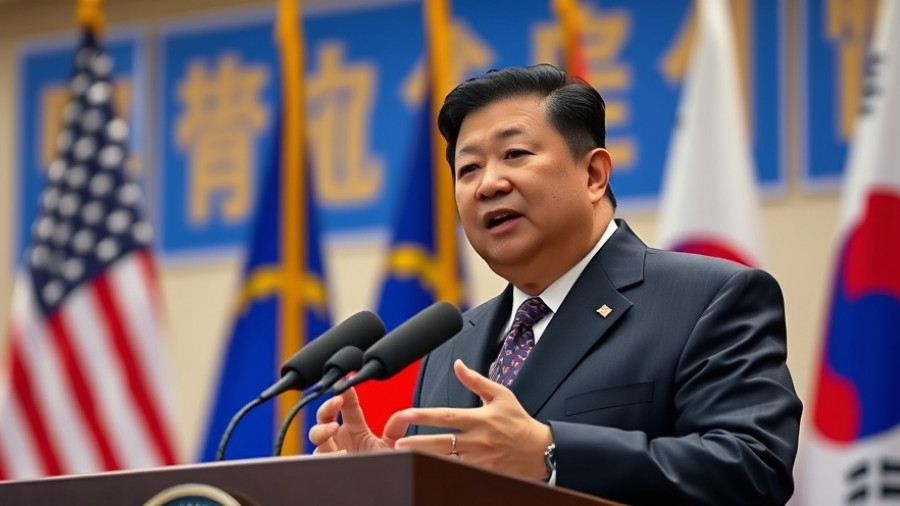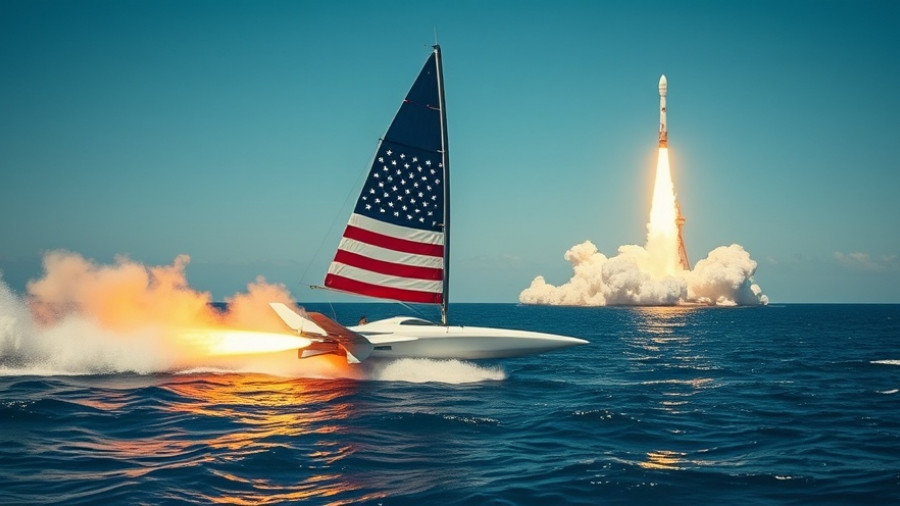
V-BAT's Role in Elevating Maritime Operations
In a notable collaboration, Shield AI's cutting-edge V-BAT unmanned aircraft system (UAS) played a crucial part in supporting the U.S. Navy's ISR (intelligence, surveillance, and reconnaissance) operations during UNITAS 2025, the world’s longest-running multinational maritime exercise. From September 15 to October 3, 2025, V-BAT showcased its remarkable capabilities while enhancing maritime training scenarios and strengthening cooperation among 25 allied and partner nations, involving over 8,000 personnel.
Why UNITAS 2025 Matters
Held annually, UNITAS focuses on improving interoperability and fostering relationships between naval forces around the globe. This year, V-BAT was deployed from the USS Cooperstown (LCS 23), directly contributing to the exercise’s goal of enhancing maritime domain awareness and operational readiness among coalition forces. “Seeing V-BAT flying alongside U.S. and partner forces during UNITAS was significant,” expressed Brandon Tseng, Shield AI’s Co-Founder and former Navy SEAL.
This exercise not only reinforced international partnerships but also emphasized the increasing importance of advanced technology in military strategy. V-BAT's autonomous capabilities bolster operational efficiency, as it seamlessly integrates into various tasks, proving instrumental in ISR support.
Transforming Information Sharing
V-BAT excelled in information sharing, successfully transmitting full-motion video and ViDAR (Visual Detection and Ranging) data to the U.S. Navy's Minotaur Family of Services (MFoS). This ability to fuse sensor inputs from multiple platforms is vital; it creates a shared common operating picture that allows forces to make quicker, more informed decisions. In today's fast-changing maritime environment, such synergy enhances not only interoperability but also security.
Technological Advantages
The V-BAT’s design incorporates vertical takeoff and landing (VTOL) capabilities, making it uniquely suited for ship-based operations in complex maritime territories. Its small logistics footprint permits quick deployments without sacrificing functional capacity, which is particularly beneficial for the dynamic scenarios encountered during UNITAS 2025.
As military engagements increasingly depend on rapid adaptability, V-BAT proved itself as a versatile asset capable of conducting ISR in challenging environments, making significant contributions to U.S. Southern Command’s operational goals.
Looking Ahead: The Future of Autonomous Systems
As military exercises like UNITAS emphasize the need for advanced aerial support, the deployment of V-BAT heralds a shift towards a future where unmanned systems are central to naval operations. With ongoing technological advancements and successful testing during these multinational exercises, V-BAT and similar systems will likely become integral tools for enhancing maritime security and military effectiveness.
This transformation not only strengthens security but also enhances tactical capabilities across international waters, heralding a new era of collaboration and innovation in defense strategies. As military forces worldwide adapt to embrace these technologies, organizations like Shield AI are poised to play key roles in delivering the future of defense.
 Add Row
Add Row  Add
Add 




Write A Comment